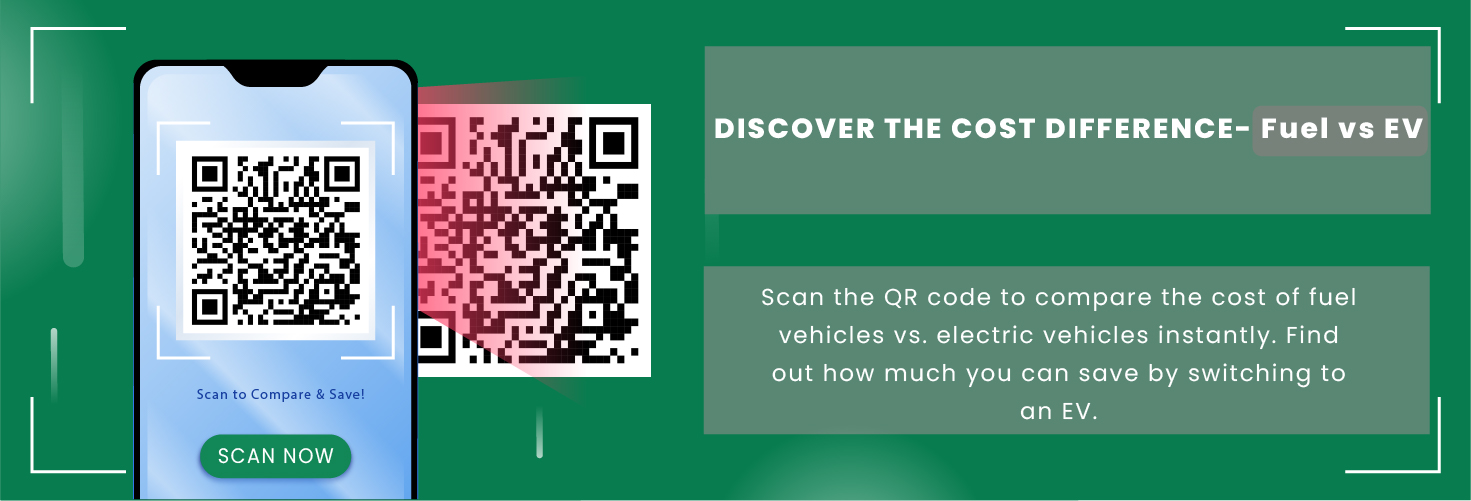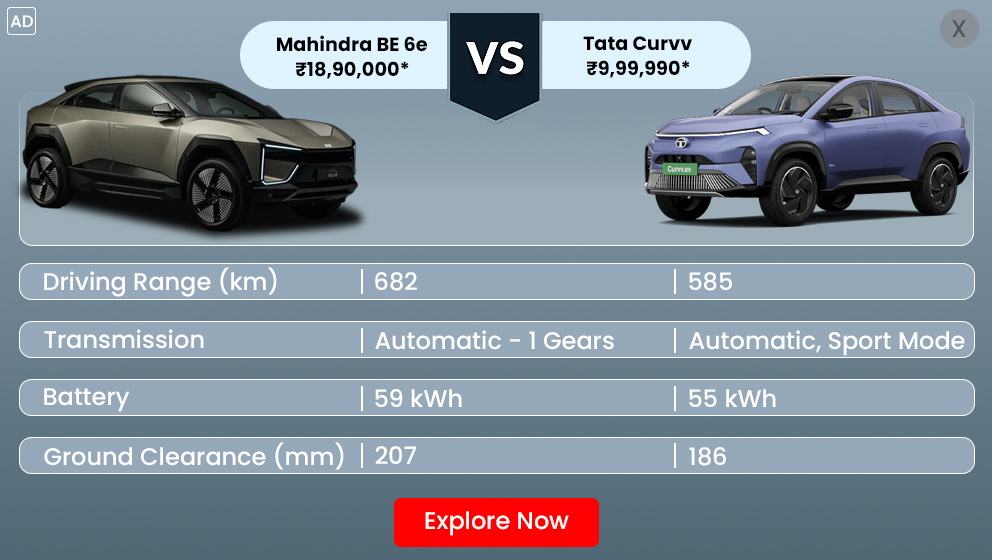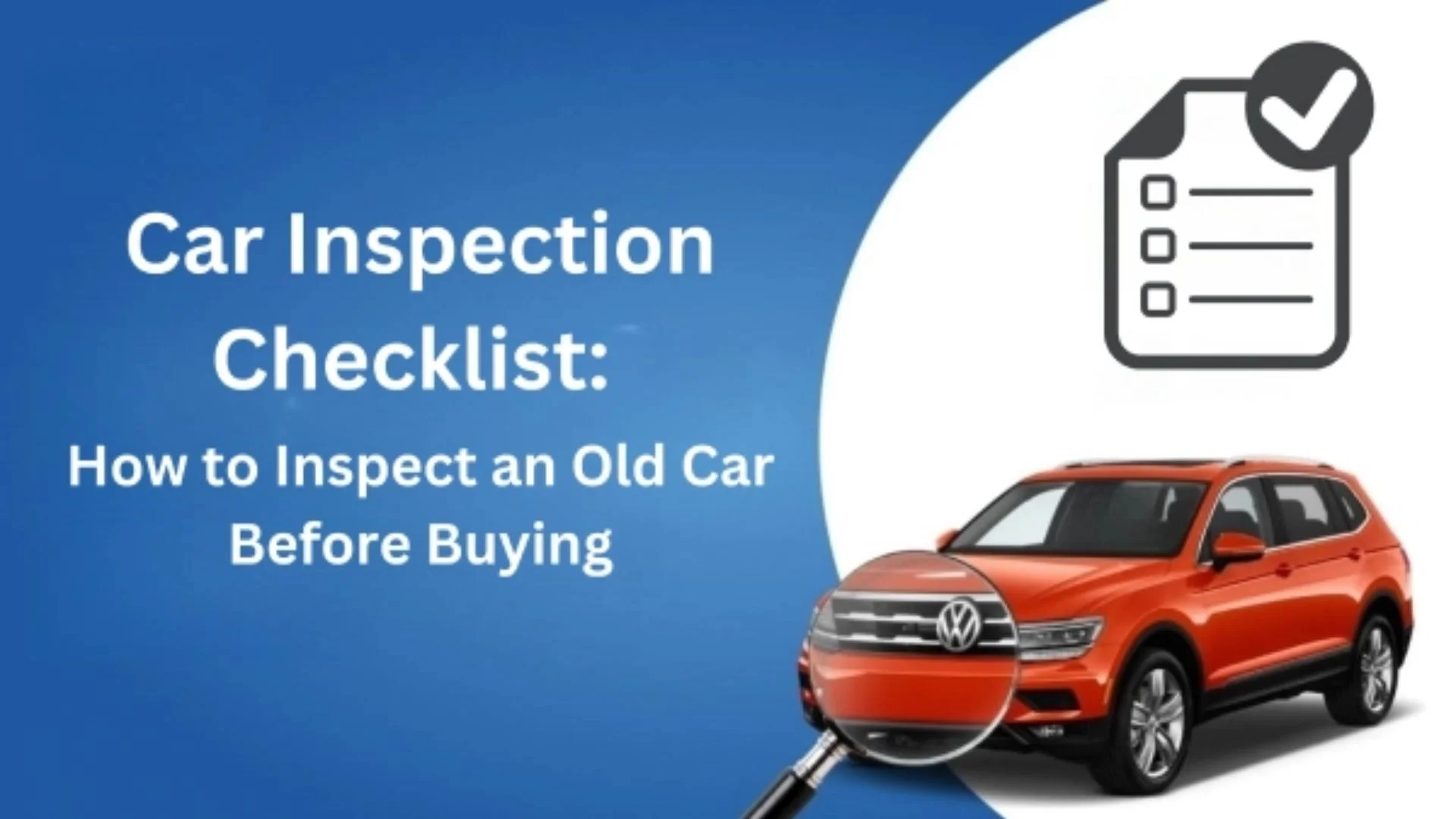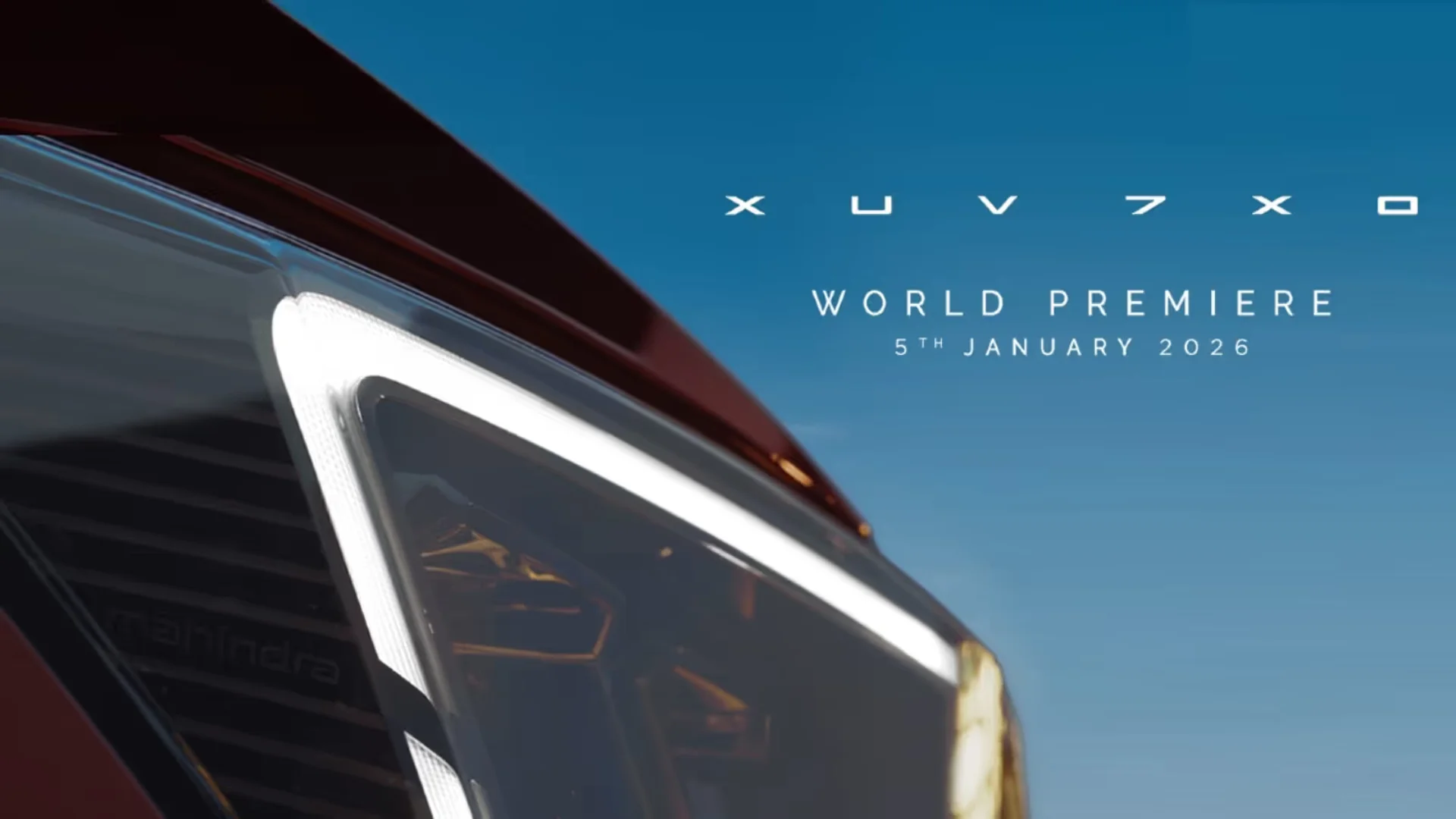Buying a second-hand car can feel exciting, but recent events—like the tragic incident near Delhi’s Red Fort on 11 November, where a parked car exploded and the RC was still under the previous owner’s name—remind us why thorough verification is not just smart, it’s essential. In that case, the wrong person was initially held responsible simply because ownership wasn’t legally transferred. This could happen to anyone who skips the paperwork. Let’s make sure you don’t become part of a cautionary tale.
Why Proper Verification Matters
When you buy a used car, proper documentation ensures you’re not just getting a vehicle, but also legal ownership. Skipping steps can land you in legal trouble, financial penalties, or even worse, like being wrongly accused in serious incidents. Always verify every detail before handing over your money.
Physical Inspection Checklist
Inspecting the car carefully helps avoid hidden problems and expensive repairs later:
- Engine: Check for oil leaks, unusual noises like knocking, and smooth idling. Verify fluid levels and look out for sludge or froth under the oil cap which can indicate engine issues.
- Accident Signs: Look for inconsistent paint, dents, rust spots, or uneven gaps between body panels that may reveal past accidents or repairs.
- Mileage: Make sure the odometer reading matches the service records. Suspiciously low readings on an old-looking car may mean tampering.
- Tyres: Inspect tread depth (should be above legal limits) and look for uneven wear patterns, cracks, or bulges that indicate alignment or suspension problems.
- Service Records: Review bills and records for regular maintenance at authorized workshops, which indicates proper care.
- Chassis and Engine Numbers: Verify that these physically match the numbers on the RC and other documents to avoid fraud.
- ECU Scan (if possible): A diagnostic scan can uncover hidden electronic or engine faults, especially in modern cars.
Legal and Documentation Checklist

|
Document |
Purpose |
Must Have? |
|
Registration Certificate (RC) |
Proves legal ownership, contains engine/chassis numbers |
Yes |
|
Insurance Documents |
Must be valid; third-party insurance is mandatory |
Yes |
|
Pollution Certificate (PUC) |
Shows emissions compliance |
Yes |
|
Form29 &30 |
Notifies RTO of ownership transfer |
Yes |
|
Loan NOC (if applicable) |
Confirms all loans are cleared |
Yes (if financed) |
|
Sale Agreement |
Legal proof of sale, signed by both parties |
Yes |
|
Pending Challans & e-Challan Check |
Ensure no unpaid fines |
Yes |
|
Road Tax Receipt |
Proof of tax payment; required for interstate transfers |
Yes |
|
Certificate for Bi-Fuel Setup (if CNG/LPG) |
Legal approval for retrofitted kits |
Yes (if applicable) |
|
Owner’s Manual |
Helps with maintenance and troubleshooting |
Optional |
Ownership Transfer Timeline
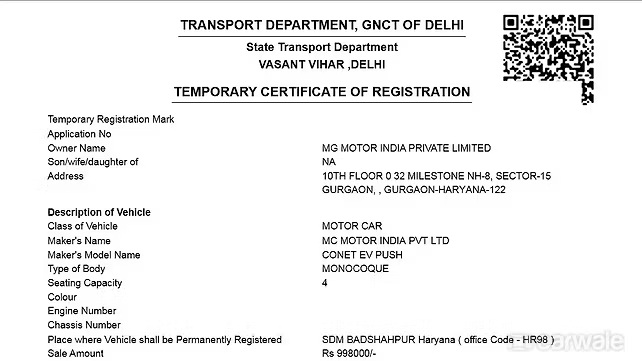
- Apply for the RC transfer within 14 days for intrastate sales and 45 days if interstate.
- The RTO typically processes transfers in 15–30 days; interstate transfers may take up to 60 days.
- Keep receipts, application numbers, and signed forms as evidence during processing.
- Delays or skipping transfers can result in fines and legal complications later.
- Track progress online via Parivahan Sewa.
Things People Commonly Skip (But Shouldn’t)
- Skipping a detailed vehicle history report.
- Not verifying service records or previous owners.
- Forgetting to check for pending challans or e-challans.
- Overlooking the loan NOC if the car was financed.
- Ignoring the chassis/engine number match.
Negotiation Tips
-
Use defects found during inspection to negotiate a better price.
-
Research market prices of similar used cars for a realistic offer.
-
Be firm but fair; if the seller refuses to meet your concerns, be ready to walk away.
-
Walking away is better than risking a bad deal or legal trouble later.
When to Walk Away
- Ownership papers are missing or suspicious.
- Chassis or engine numbers don’t match documents.
- Pending loan or unpaid fines aren’t cleared.
- Seller acts evasive or rushes the sale.
- Significant mechanical issues uncovered during inspection.
Conclusion
You don’t need to fear buying a used car if you follow the checklist—instead, you can save money and enjoy the ride with confidence. A little diligence goes a long way in protecting your investment and peace of mind.
Read Also This |
|
|---|---|
|
Find Chassis Number, VIN, & Engine Number: The Only Guide You’ll Ever Need |
|
|
Top Cars for 35000 to 40,000 Salary in India with Low EMI and High Value |
|
